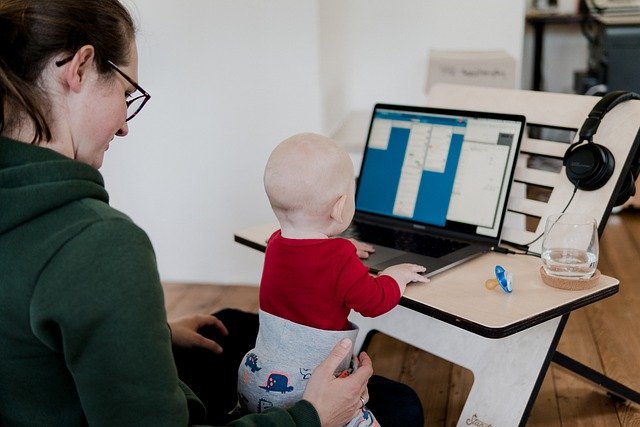 Economy
Economy 
Last week saw the release of the EHRC’s most recent review of ‘Who Runs Wales?’ and our report ‘Working Patterns in Wales, Gender Occupations and Pay’. The EHRC revealed little progress towards ensuring that women are present in key decision-making positions in Wales. Our report revealed the gendering of working patterns – women hold 80% of all the available part-time jobs in Wales. There’s surely a connection here.
Full-time work is the pattern most associated with middle and high skilled jobs, and reaching higher grades. Men hold nearly two thirds of all full-time jobs in Wales (64%). While 90% of men work full-time and just 10% part-time, 57% of women work full-time and 43% work part-time.
Currently 75% of all women’s part-time work can be accounted for by administrative, personal service, sales and elementary occupations. Our research found that women entering stereotypically low valued feminised occupations such as administration, personal services and sales, will find that at least 40% of jobs are offered on a part-time basis. This leads us to question whether working part-time is always a choice for women, and to observe that such work is not the obvious route to the Chief Executive’s desk in public services, business or government.
Men are almost two thirds of all senior managers and officials in Wales. In occupations where there is gender balance overall such as in the professions, men and women do very different jobs. Three quarters of all women working in professional roles in Wales are in education or health and social services, and hence also not in a position to be our future media leaders, judges or Chief Executives of large companies.
This gendering of jobs also impacts on the reproduction of gender pay gaps, generation after generation. In our research, we found that only 20% of workers are in gender-balanced jobs. Significantly, hourly pay in masculinised occupations such as the skilled trades tends to be higher than in feminised occupations, and weekly and annual pay gaps are significantly widened, by the high stock of part-time jobs within female dominated sectors. Women’s median annual average earnings for part-time work are just £7,874 per annum.
Men’s gross hourly and annual median full-time earnings were higher than women’s in all of the nine major occupational groups (SOC 1 digit) – regardless of whether the group as a whole is gender balanced or gender segregated.
If we are looking for some light on the horizon, it is that currently 23% of women’s part-time work takes place in the top three occupations (management, professional, and assistant professional or technical occupations), compared with 6% of men’s. This shows that at least some part-time work is not low graded and low paid. More research will follow on this observation but again, if these ‘top’ part-time’ jobs are in a narrow range of feminised sectors there may still be little chance of finding a way to the top through part-time working patterns.
Women Adding Value to the Economy (WAVE) is a partnership of activity involving Cardiff University, the University of South Wales, and The Women’s Workshop Project @BAWSO.
The full report, Working Patterns in Wales: Gender Occupations and Pay is now available on the WAVE website: http://www.wavewales.co.uk/occupational-mapping/
Dr Alison Parken is the Senior Research Fellow and Project Director for ‘Women Adding Value to the Economy’ (WAVE) research activities at Cardiff University.


